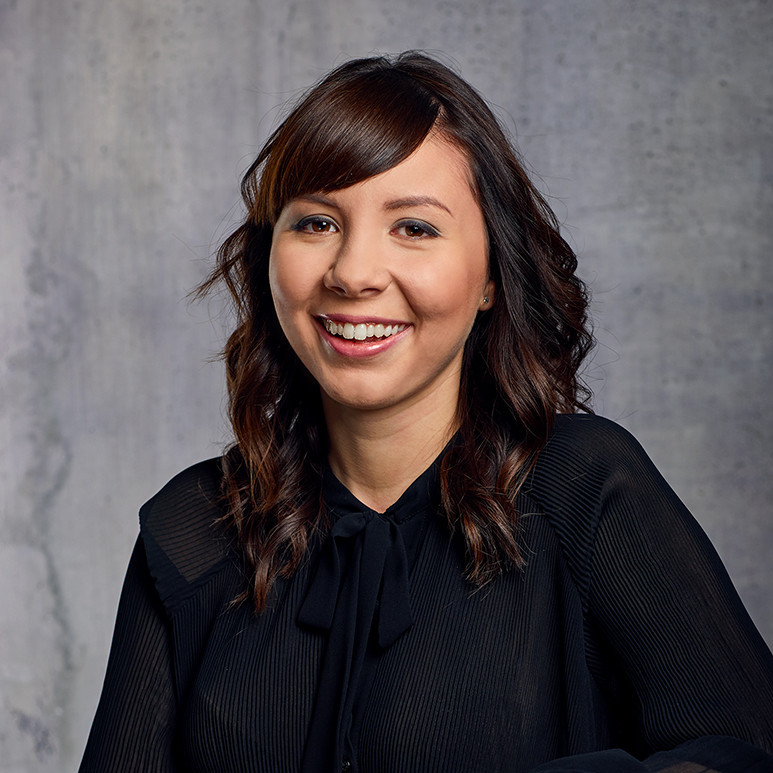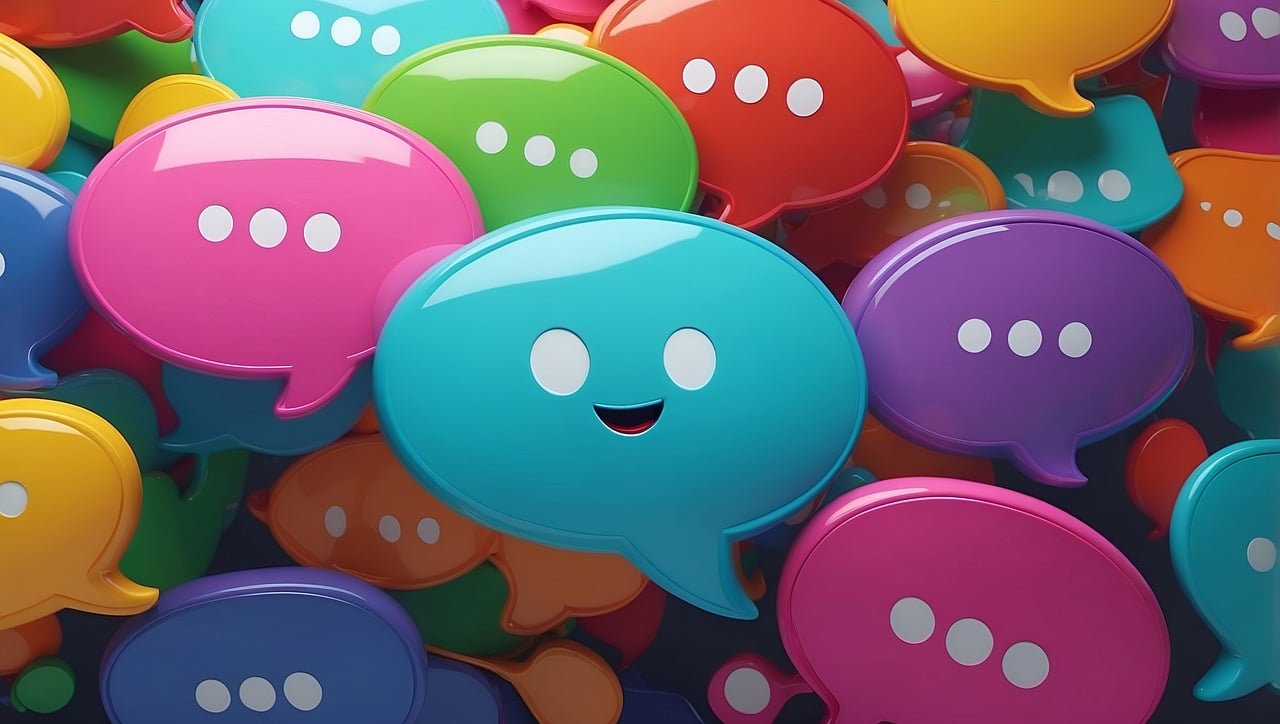What comes to your mind when you hear the name Coca-Cola?
Is it a brain & nerve tonic, caffeine or a pharmaceutical beverage? Not really.
How about Santa Clause, New Year, the colour red and the sound bubbles make when you open it? Yes, much better.
What you probably don’t know is that the image Coca-Cola has today, is a result of their rebranding strategy from 1930! So, what happened in 1930?
In case you slept through your history classes, this was the time of The Great Depression. With dwindling sales especially in the winter months Coca–Cola needed to expand their market, and the person that helped them was no other than Santa Clause. Back then there was no single unified version of Santa and the modern jolly white and red Santa you know today was part of the Coca-Cola marketing campaign. This is how modern Santa and our love for Coca-Cola were born.
Considering Coke has been in business for almost 130 years, we can say they know a thing or two about branding and marketing.
But if you have clicked on this title because of EU projects rather than Coca-Cola, we have the right thing for you! Join us on the 26th of February at 12am CET for the ‘Tell the story of your EU project with the power of social media’ free webinar!
Now, buckle up as we are about to share with you lessons from Coca-Cola that could be easily applied to your EU project.
-
What do we do?
Did you ever try to write a description of your EU project on Twitter? Did you know that the description can be no longer than 124 characters? Your description of an EU project can be considered a company’s mission statement.
Let’s take a look at Coca-Cola’s mission statement: To refresh the world in mind, body and spirit. To inspire moments of optimism and happiness through our brands and actions.
Now try to answer what is my product (i.e. EU project) and what kind of value I’m bringing to my audience. Without answering the question What do we do? you can’t start planning the communication strategy. Only when you have a clear identity you can set your project apart from other H2020 and future Horizon Europe projects.
-
Consistency is key
Let’s imagine you are in a restaurant; you are ordering your favorite dish and suddenly it doesn’t taste the same. How would you feel? You would probably be disappointed and maybe not come back. Why? Because we LOVE consistency. While coming up with a fresh marketing campaign is of vital importance, this cannot override the need for consistent branding.
Coca-Cola is built around the colour red, a well-known font, and ads featuring happy people. So, pick a font, colours, main messages and follow through.

3. Remain relevant
Although consistency is a huge part of Coca-Cola's brand identity, this wouldn't be enough to keep it amongst the most recognized brands for over 100 years. They approach trends by adding their own spin on a topic, while still maintaining the idea of it being all about sharing and happiness. If you see that your audience is talking about the World Whale Day and your project is on plastic pollution, write a post about how they are affected by marine litter and why they are important for the enviroment, just like I did for Aqualit project.
Although these tips can be very useful, remember that managing an EU project is not the same as managing a product like Coca-Cola. If you are wondering what the biggest differences are, be sure to join our webinar Tell the story of your EU project with the power of social media on the 26th of February.
And…wait! Don’t click away just yet.
We are excited for our 1st webinar on Social Media for EU projects, so make sure you register NOW because, let’s be honest, we both know you’ll forget about it later.
REGISTER NOW




